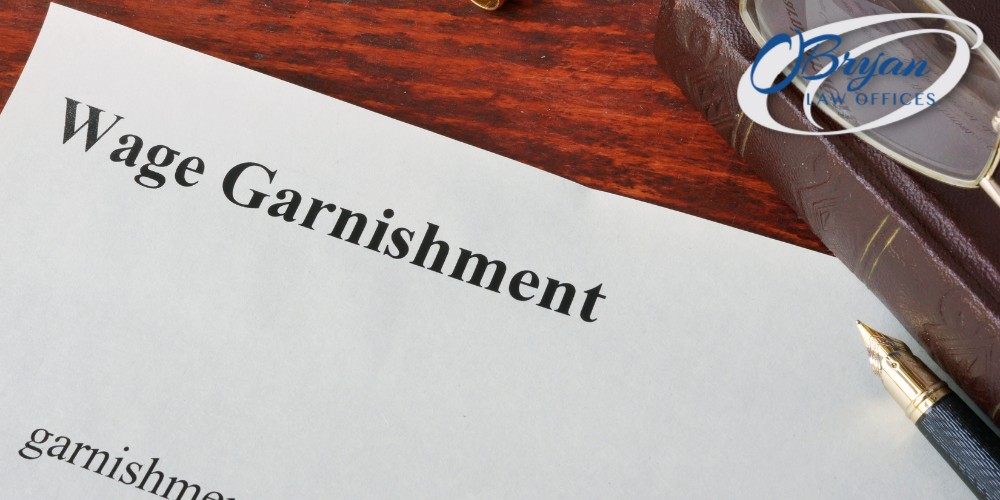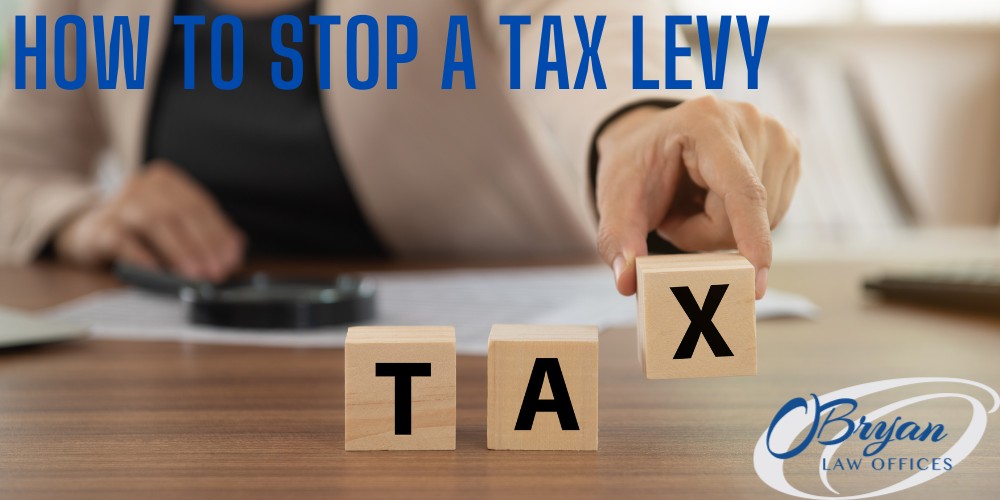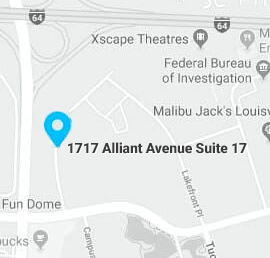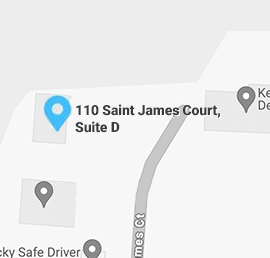What Is a Tax Levy?
A tax levy is the legal seizure of your property to pay taxes owed. Tax levies can result in penalties such as wage garnishment or the seizing of assets and bank accounts. Tax levies are typically done after the government has placed a tax lien.
When Does the IRS Issue Tax Levies?
The IRS will usually issue a tax levy after the failure to collect the outstanding tax from a taxpayer. They may also do this when a tax lien has been ignored. The IRS will give out a warning in the form of a tax levy. There are a few things that typically occur before the agency issues a tax levy, including:
- They calculate the outstanding tax and send a “Notice and Demand for Payment” to the taxpayer.
- Failure or refusal of the taxpayer to pay the outstanding tax.
- The IRS will then send the taxpayer two more documents– a “Final Notice of Intent to Levy” and a “Notice of Your Right to a Hearing”– at least 30 days prior to the levy being issued. These documents are either presented to the taxpayer in person or sent to the taxpayer’s home, last-known address, or place of business. If the IRS levied a state refund, the notices might be sent after the levy is issued.
- The agency sends the taxpayer a notice that they may begin contacting third parties, such as employers, banks, friends, and neighbors, to gather information about the taxpayer’s tax liability.
What Happens When You Get a Tax Levy?
When you receive a tax levy, the IRS permits legal seizure of your property to satisfy the tax debt. The tax levy can do the following.
- Garnish your wages
- Take the money in your bank account or other financial accounts
- Seize and sell your vehicles, real estate, and other personal property
If you are facing wage garnishment, contact a wage garnishment lawyer as soon as possible to discuss your options.
How Does a Tax Levy Affect You?
There are a few things that can happen if the IRS hits you with a tax levy.
- Your paycheck may be less. A common tactic of the IRS is wage garnishment. If the IRS garnishes your wages due to a tax levy, your employer must submit a portion of your paycheck amount to the IRS every payday.
- Frozen bank accounts. Bank accounts are a common target for recouping overdue taxes. The IRS will typically contact your bank and place a 21-day hold on your account. If things are not worked out between you and the IRS after the 21-day period, the bank might send some or all of your funds to the IRS.
- Your house could be at risk. The IRS can not only garnish your wages and freeze your bank account but also seize certain personal property, including a home or car. However, some items cannot be seized. The IRS cannot seize unemployment benefits, certain annuity and pension benefits, certain disability payments, workers’ compensation, some public assistance payments, or child support payments. Other items like those necessary for school or work and certain furniture or household items are usually untouchable as well.
Can the IRS Levy Your Whole Paycheck?

The IRS does not generally garnish all of a taxpayer’s wages. Suppose the taxpayer has multiple jobs. The IRS may garnish all of the wages from at least one of the employers. If you receive a separate bonus or any other incentive pay apart from your normal paycheck during the garnishment period, the IRS will likely collect all of the income from the payments. Meaning if you had any plans to use that money, you’d need to postpone those plans. However, this could be good news for you. It means you are one step closer to having your back taxes paid off.
What to Do if You Get an IRS Notice of Intent to Levy
The easiest way to stop the IRS from seizing your assets is by paying the entire tax debt amount. Once the payment is made, the IRS will instantly stop any collection activity.
If you don’t have the money to pay the full amount due, there are other options available. The IRS is normally willing to work with people. You can apply for an installment agreement or an offer in compromise. However, sometimes bankruptcy may be the only option if you have exhausted other options. It’s in your best interest to discuss your options with an attorney to determine the best option for your situation.
How Can I Stop a Tax Levy?
There are multiple ways to stop the IRS from seizing your assets. In the end, you need to choose the solution that is best for you and your financial situation. Some options include paying your back taxes, applying for the IRS Fresh Start Program, negotiating a payment plan, requesting an offer in compromise, filing an appeal, showing financial hardship, or filing for bankruptcy. Below, you’ll find brief explanations of how each of these options may help you stop a tax levy.
Pay the Back Taxes
If you’re able to afford to pay it in full, this is the most effective solution to stop a tax levy. Some taxpayers have to dip into their savings, sell off their assets, or borrow from their friends or family. If you are able to find a loan with a lower interest rate than what the IRS charges for penalties and interest, you might want to consider taking out a loan so that you can get your tax debts paid off.
Apply for the IRS Fresh Start Program
This program was designed to help those first-time tax offenders and give them the opportunity to make things right. The program allows taxpayers to pay off their tax debts over six years with monthly payments based on their current income and the value of their liquid assets. Most of the time, those eligible for this program clear off all their pending tax debts within six years.
While this is a great program, the IRS has specific eligibility requirements that must be met in order to qualify for the program, such as:
- Must have filed all required tax returns for three years prior.
- May not owe more than $50,000 in taxes with interest and penalties included.
- Must agree to pay your tax debt within six years.
- Must have made all required estimated payments for the current tax year.
- Cannot be involved in any tax evasion or fraudulent activities.
If all of the above requirements are met, you may then apply for the IRS Fresh Start program.
Negotiate an IRS Payment Plan
An IRS payment plan is an agreement between the taxpayer and the IRS to pay their back taxes. You would typically send the amount you owe for taxes with your return when you file, but this may not be possible if you’re unable to afford the bill. Payment plans let you spread out the payments over months or even years.
There are a few different payment options that you can set up. The most commonly used payment plans are:
- Guaranteed Installment Agreement- If you owe $10,000 or less, the IRS will usually accept this agreement if you haven’t filed or paid late within the last five years, agree to on-time payments moving forward, and agree to pay the amount owed within three years.
- Partial Payment Installment Agreement- This type of agreement allows you to settle your tax debt for less than you owe. In order to qualify, you must owe more than $10,000, have no outstanding tax returns, have no bankruptcies, and prove that you can’t afford to pay the balance in full.
- Individual Payment Plan (Short-term and Long-term)- Short-term payment plans last for less than 120 days. There aren’t any fees, but you will have to pay interest. Long-term plans last more than 120 days and include set-up fees.
Request an Offer in Compromise
An Offer in Compromise is when the IRS lets you pay off your tax owed for less than what you owe. In order to qualify, you have to meet certain financial criteria. Specifically, you will need to prove that you wouldn’t be able to pay off the taxes through any other option provided. The IRS typically only accepts an offer in compromise if they believe there is no other way to receive more money from you.
File an Appeal for the Levy
If you disagree with the information on the Final Notice of Intent to Levy, you can appeal it by requesting a Collection Due Process hearing using Form 12153. You generally have to begin this process within 30 days of receiving the notice. The deadline is typically marked on the notice.
It would be beneficial also to call the IRS. you may be able to resolve the issue by phone in some cases. But go ahead and start the appeal process to be on the safe side. The IRS may not levy you while your appeal is pending. If the phone call resolves the issues, you can cancel your appeal hearing, but you’ll still have the hearing scheduled if the issue cannot be resolved over the phone.
Show Evidence of Financial Hardship
Also known as the currently not collectible status (CNC) is when you prove to the IRS that you are facing financial hardship, or if the IRS requires you to pay, you will face financial hardship. The IRS allows for basic monthly living expenses.
File for Bankruptcy
The ability to immediately stop an IRS bank levy or wage garnishment is by filing bankruptcy. In fact, one of the most effective ways to stop a wage garnishment or IRS levy is to use the “automatic stay” of the Bankruptcy Code. When bankruptcy is filed, the IRS is forced by the Bankruptcy Court to stop any enforcement action that is already in place, and the IRS is required to wait for a ruling from the Bankruptcy Court.
An automatic stay immediately stops enforcement action on behalf of a creditor. In simpler terms, it can immediately stop a garnishment or a bank levy. While some are shocked by the fact that even the IRS would have to adhere to the Bankruptcy Court Laws, the Bankruptcy code sees the IRS just like any other creditor.
What Is an IRS Levy Release?

A levy release is used if the levy on your wages, bank account, or other accounts is creating an immediate economic hardship. However, a levy release doesn’t mean that you are exempt from paying the balance. The IRS will work with you to establish a payment plan to pay off the balance.
How Long Does It Take to Remove a Tax Levy?
Usually, the IRS will remove the tax levy immediately when you establish a payment agreement. Now, that’s assuming that you haven’t previously gotten a payment extension. When you request an extension, you can normally get up to 120 days. However, if you’re being levied, the IRS will likely only give you 60 days to pay the balance off, pay it down, or get into a payment agreement with the IRS.
How Can a Kentucky Bankruptcy Attorney Help Me?
You may be worried about being hit with a tax levy that may put you in financial hardship. The Kentucky bankruptcy attorneys at O’Bryan Law Offices can walk you through the process of handling legal financial issues. Our attorneys work to prove that a tax levy would indeed cause you and your family serious financial hardship and work to get it released. If your account has already been levied, we can help you get your money back.
Contact O’Bryan Law Offices to Stop a Tax Levy Today

If you’re overwhelmed by increased tax debt stress, let us help! At O’Bryan Law Offices, we offer individualized service to meet your needs. We have well-rounded experience and understanding of tax and bankruptcy law and strategy to help our clients get back on stable ground.
We can help you stop the IRS from hitting you with a tax levy. Additionally, we can also help you with financial issues like mortgage foreclosure, tax obligations, or small business restructuring. If you’re in need of legal or financial advice, contact O’Bryan Law Offices today at 502-339-0222 to see how we can help.







